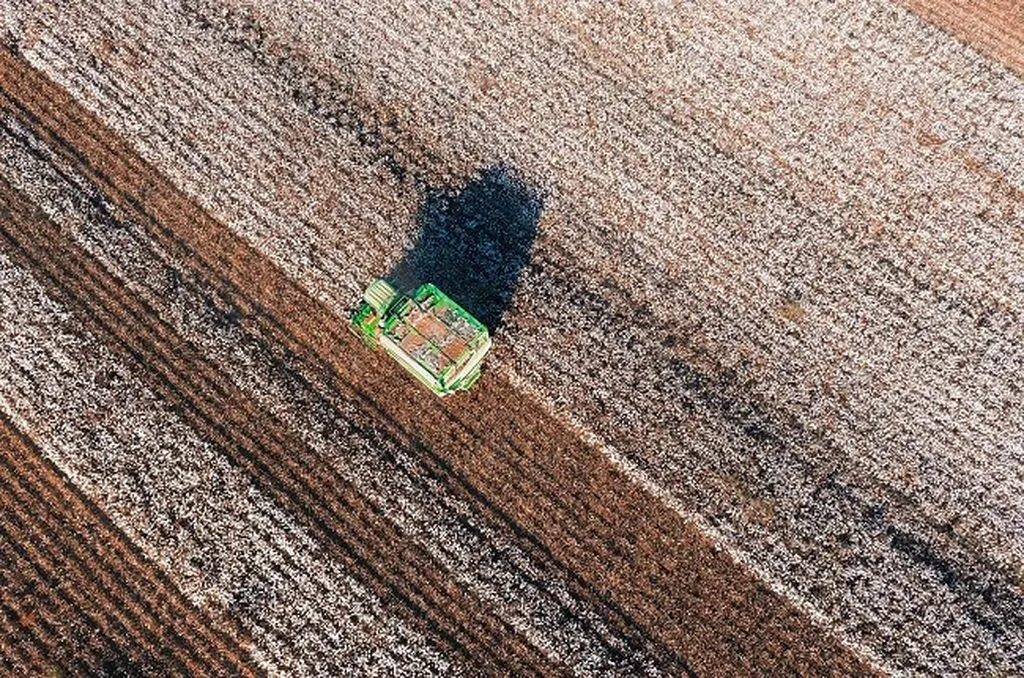In the heart of Bangladesh, a groundbreaking study is set to revolutionize cotton farming, merging cutting-edge technology with age-old agricultural practices. Researchers have developed a sophisticated system that not only monitors cotton seedlings but also predicts stress and growth stages with remarkable accuracy. This innovation, published in *Smart Agricultural Technology*, could significantly impact the agriculture sector, particularly in precision farming.
At the core of this research is SeedlingNet, a lightweight deep learning model designed to analyze high-resolution images captured by both unmanned aerial vehicles (UAVs) and ground-level cameras. The model is trained to identify various growth stages of cotton seedlings and detect early signs of stress. “Our goal was to create a robust, high-throughput phenotyping framework that could operate in real-world field conditions,” explains lead author Hasan Muhammad Abdullah from the GIS and Remote Sensing Lab at Gazipur Agricultural University.
The study introduces a Composite Stress Index (CSI), which integrates handcrafted phenotypic features like area, greenness, solidity, and texture. This index not only improves biological interpretability but also facilitates data-driven zone management by clustering the field into intervention tiers. “By using clustering to divide the field into intervention tiers, this CSI not only makes it possible to identify at-risk seedlings early on, but also facilitates data-driven zone management,” Abdullah adds.
The implications for the agriculture sector are profound. Early monitoring of crop development is crucial for precision agriculture, particularly for detecting acute stress and ensuring maximum yield potential. The proposed model achieves a classification accuracy of 97.32%, with strong F1 and precision-recall balance. This level of accuracy can lead to more efficient use of resources, reduced environmental impact, and increased profitability for farmers.
The research also highlights the potential for high-throughput phenotyping and adaptive crop management. By fusing model performance with biological understanding and practical deployability, this work advances the field of image-based plant monitoring. “This pipeline is ideal for high-throughput phenotyping and adaptive crop management since it can perform supervised classification and unstructured growth pattern identification,” Abdullah notes.
The study’s findings could shape future developments in the field, paving the way for more sophisticated and efficient agricultural technologies. As the world grapples with the challenges of climate change and food security, innovations like SeedlingNet offer a glimmer of hope. By integrating deep learning with biologically grounded feature engineering, this research not only enhances our understanding of plant development but also provides practical tools for farmers to optimize their yields.
In a rapidly evolving agricultural landscape, this study stands as a testament to the power of technology in transforming traditional practices. As we look to the future, the fusion of deep learning and feature engineering holds immense promise for the agriculture sector, offering solutions that are both innovative and practical. With researchers like Hasan Muhammad Abdullah at the helm, the future of cotton farming looks brighter than ever.

